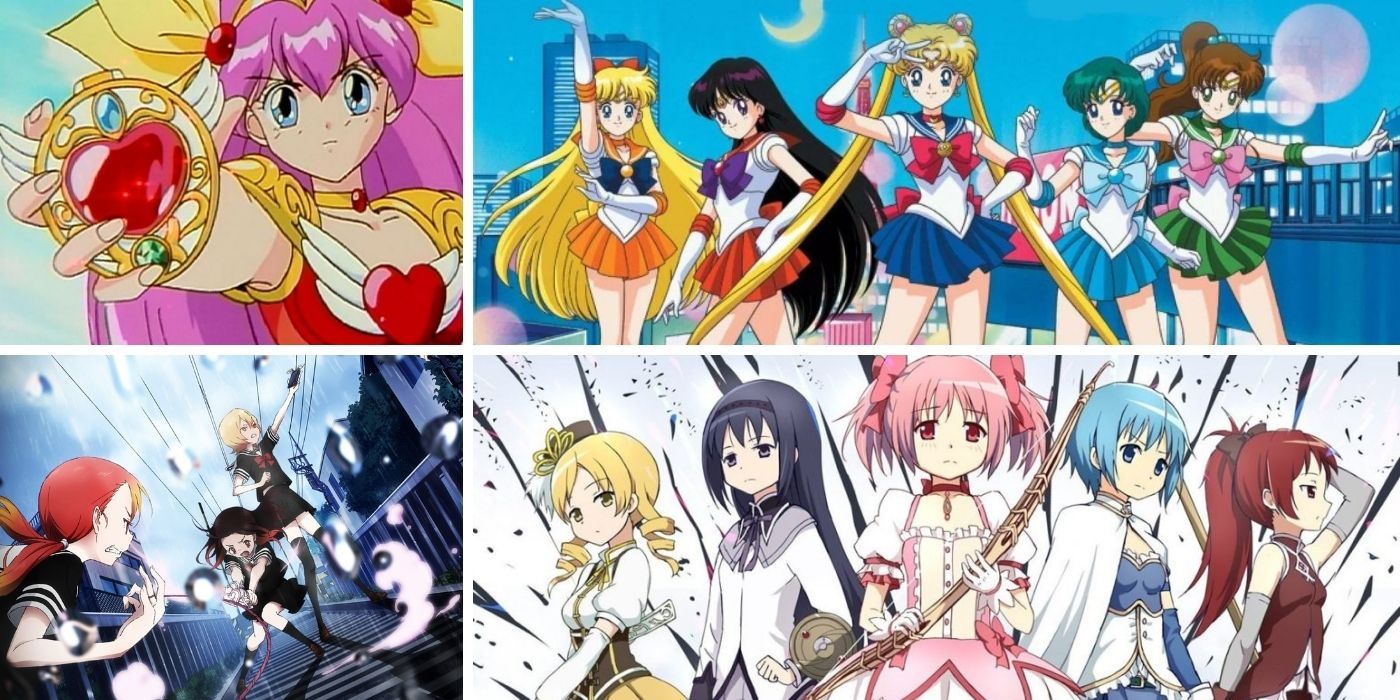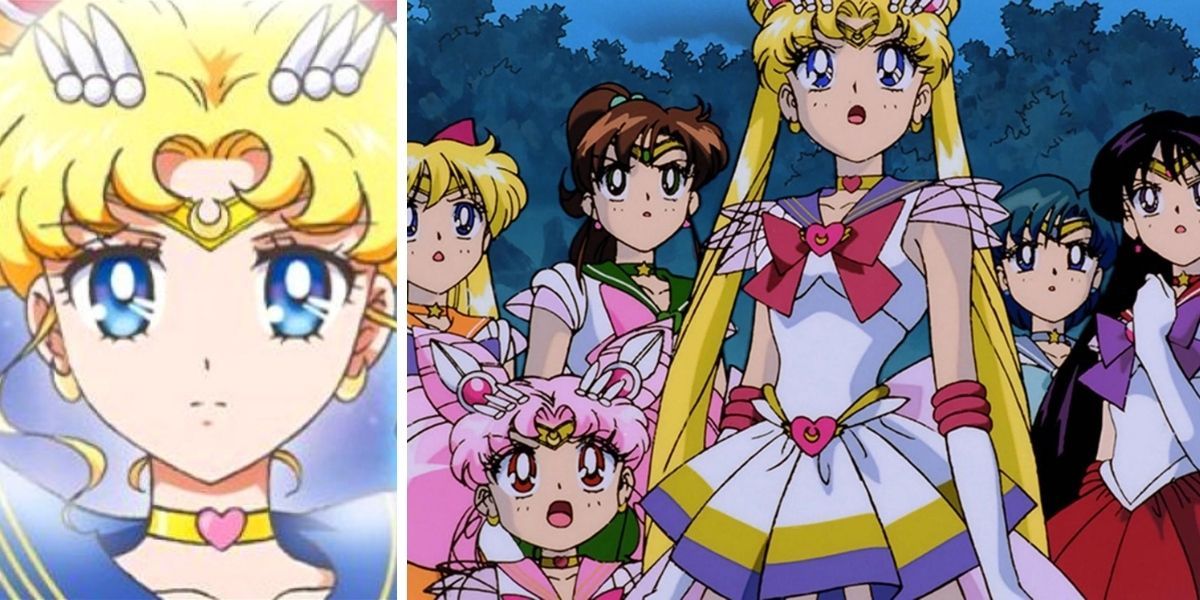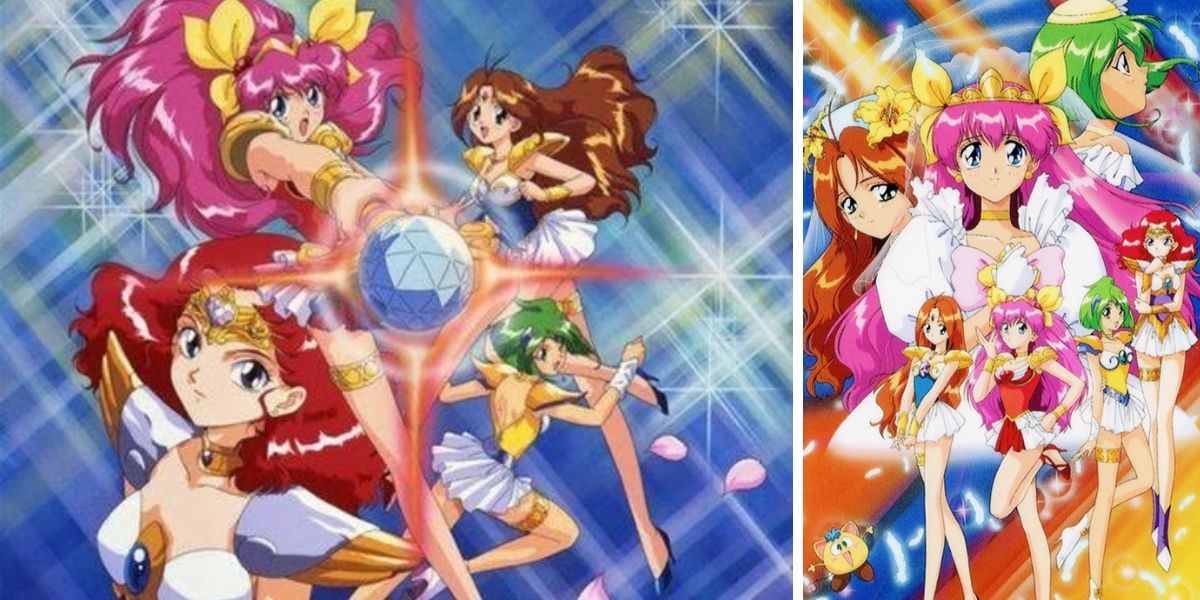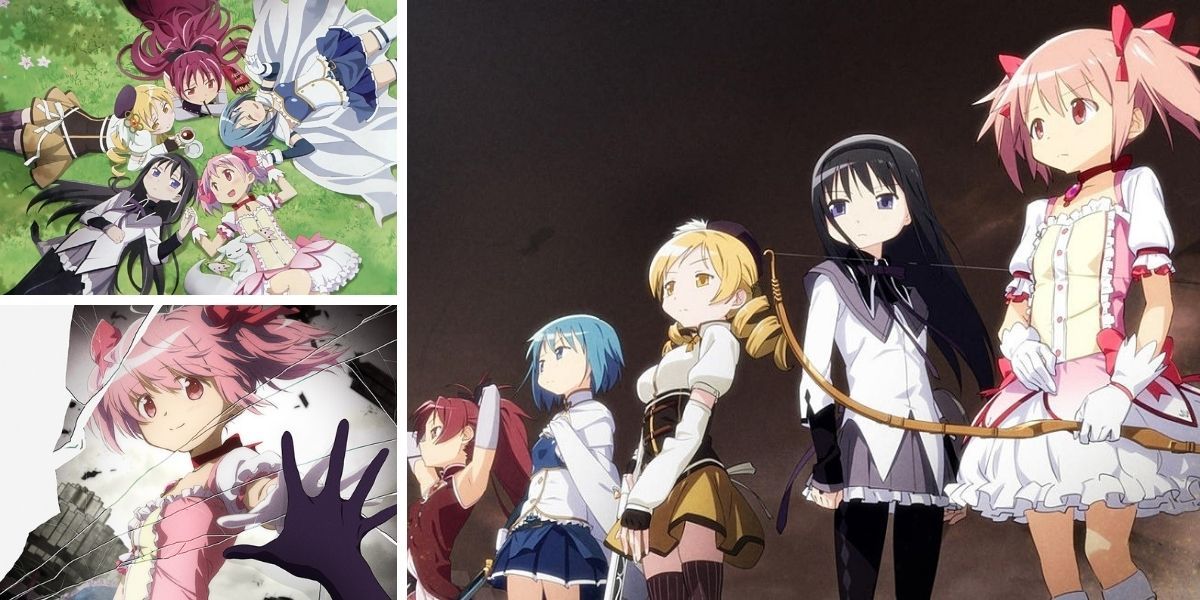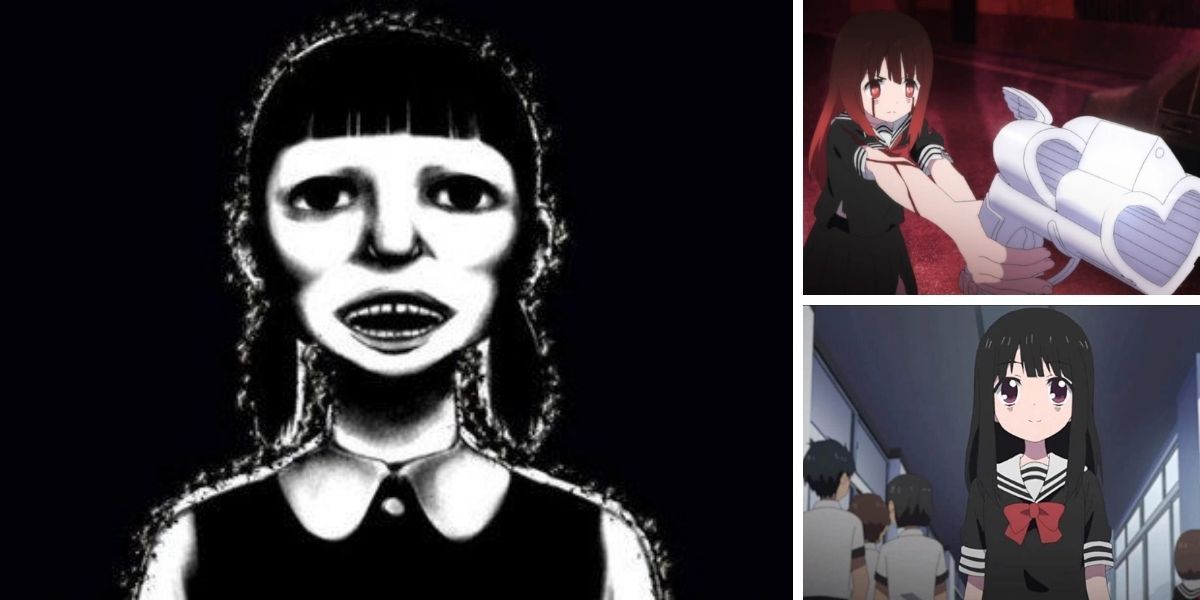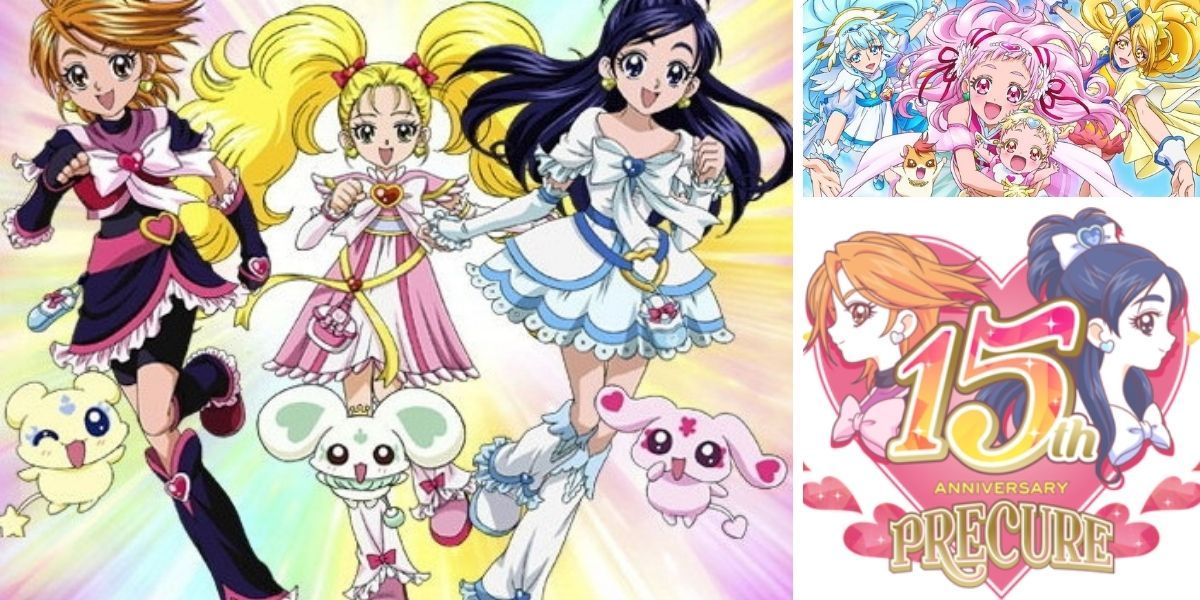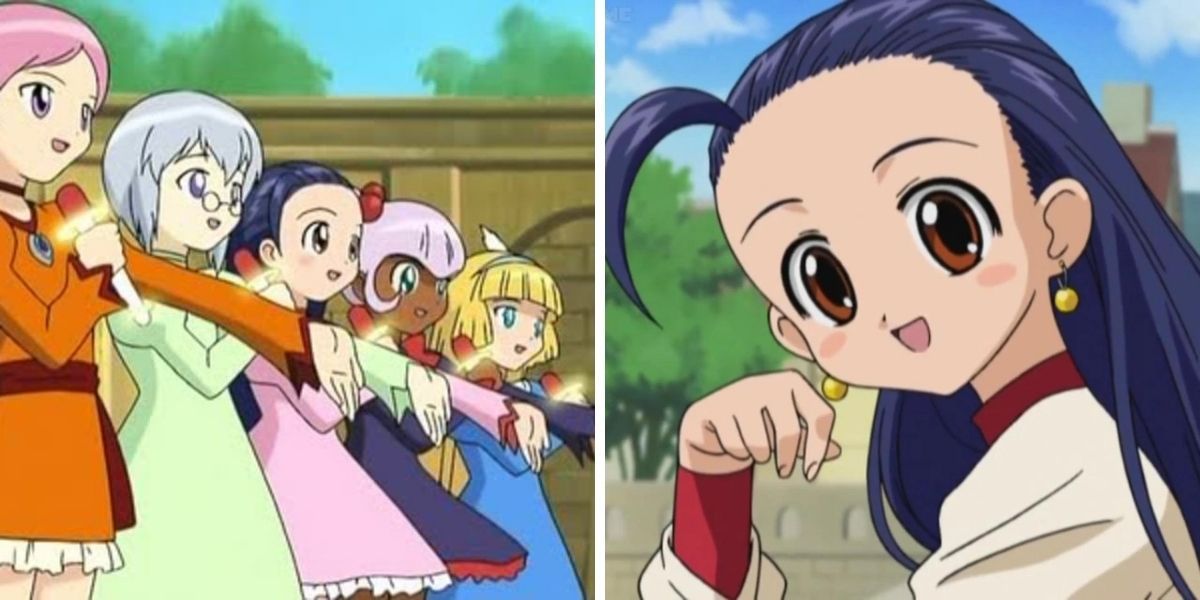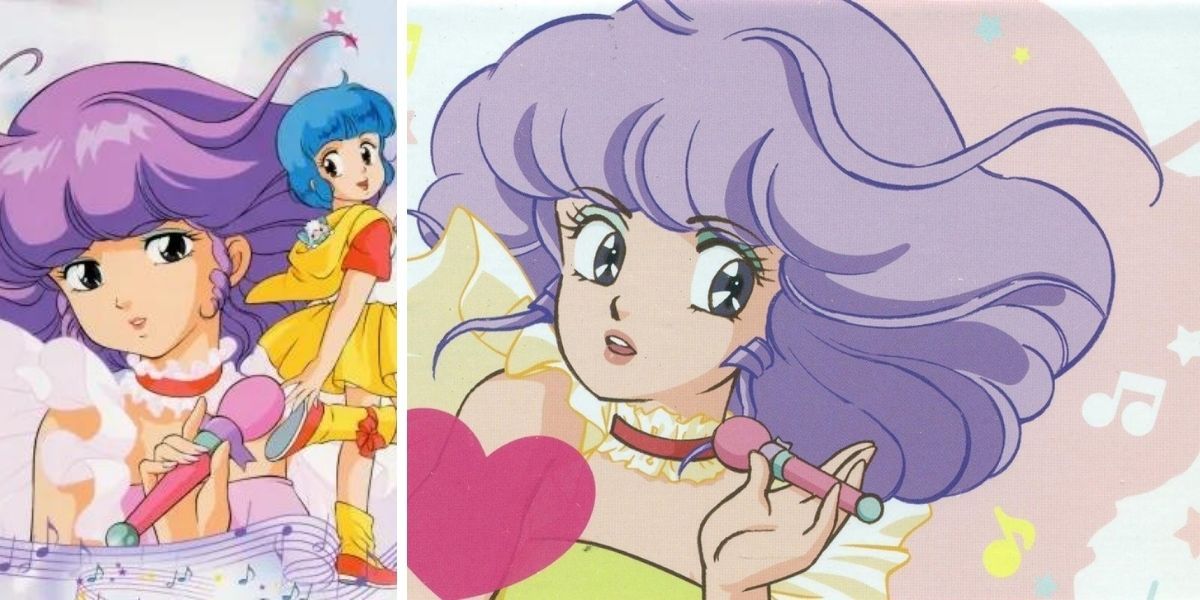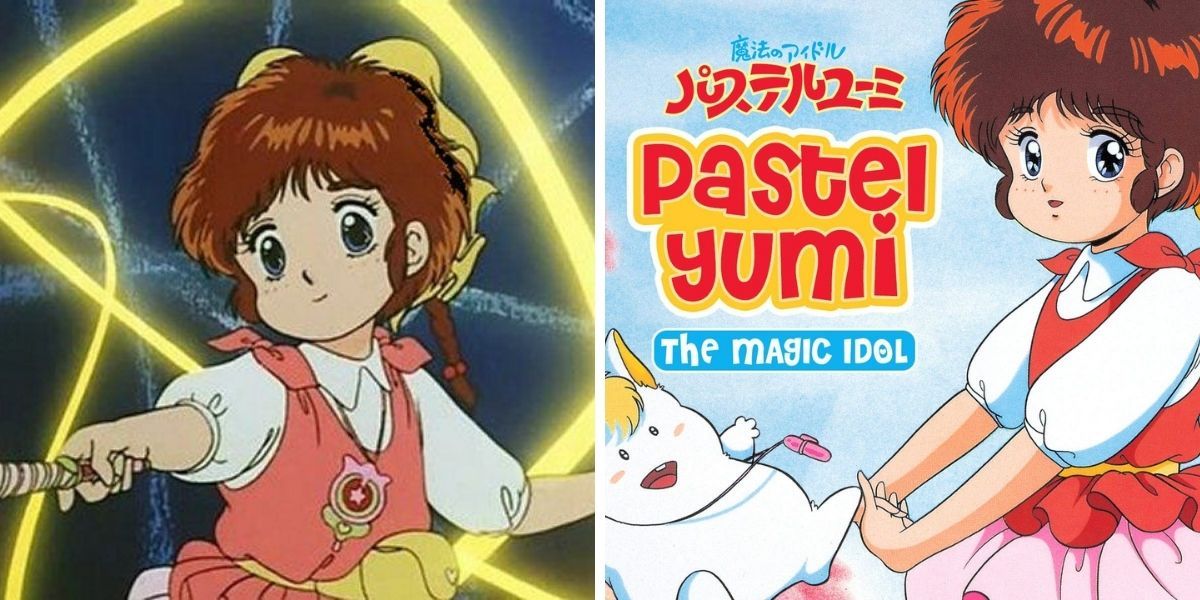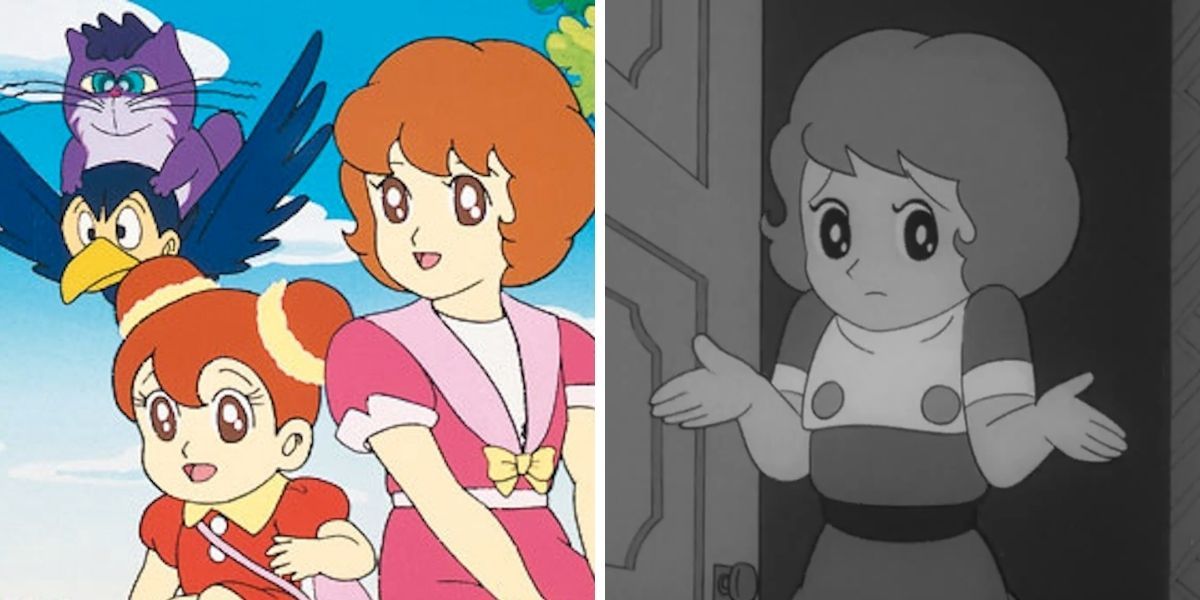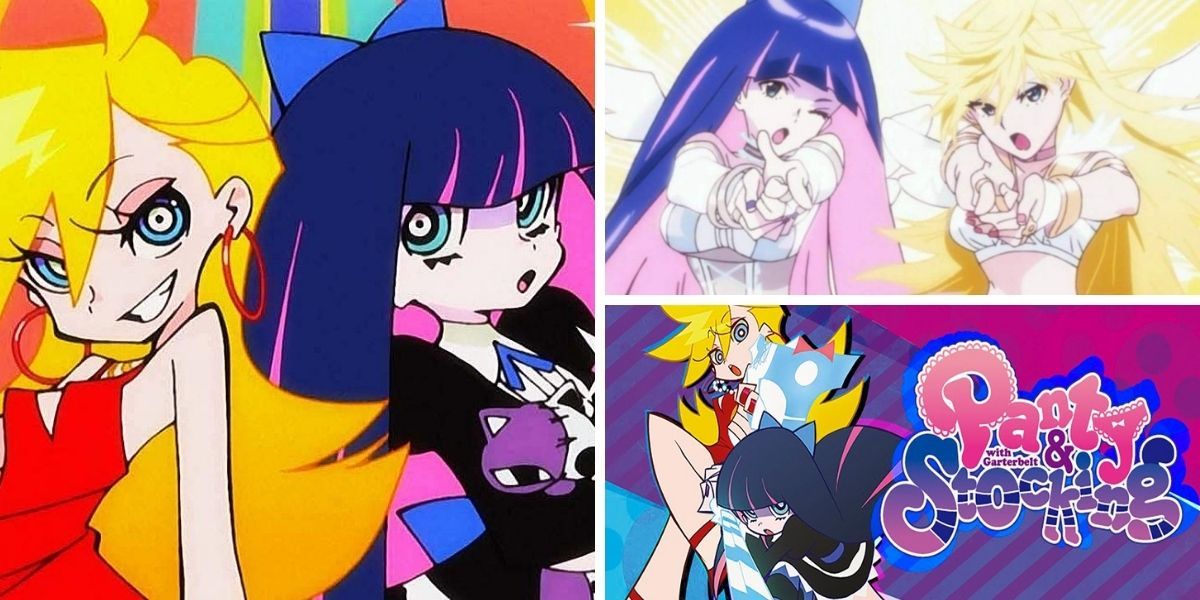The magical girl genre has existed since the late 1960s, with characters and situations relatable to schoolgirls of all ages. The genre has had various phases throughout the decades, going from mischievous witches to the superheroines of the modern age.
Anime titles like Sally the Witch and Sailor Moon managed to take the anime world by storm with their unique storylines and revolutionary characters. They remain cultural icons and even set and changed the standard for magical girl anime, with anime today attempting to follow in their footsteps. However, there are a few titles that tried to measure up but failed to reinvent the genre.
10 REINVENTED THE GENRE: Sailor Moon Is The New Magical Girl Standard
From the late 1960s through the 1980s, the meaning of "magical girl" has had many changes. It's changed from a witch to a girl who wields magical items, transforms, and fights evil, with the most famous modern magical girl anime being Sailor Moon. In the early 1990s, Naoko Takeuchi surprised the world with her take on the magical girl genre. Instead of solving magic problems, she created a team of superheroines modeled after Super Sentai (Power Rangers). This innovative combination completely rewrote the magical girl genre, taking the anime community by storm and creating a new set of superheroines to inspire young girls.
Sailor Moon focuses on 14-year-old crybaby Usagi Tsukino who saves a black cat named Luna from a group of naughty children. Luna returns to Usagi and speaks to her, much to Usagi's surprise. Luna tells Usagi that she's the reincarnation of a legendary warrior known as Sailor Moon. To revive their kingdom and save the world from evil forces, Usagi and four other girls must band together to find the Legendary Silver Crystal and its owner, Princess Serenity.
9 DIDN'T REINVENT THE GENRE: Wedding Peach Was Easily Overshadowed By Sailor Moon
Despite airing three years after Sailor Moon ended, Wedding Peach still had a hard time keeping up. The anime had a similar premise: three middle school girls are chosen to become "Love Angels," mythical female warriors from the angel world. These warriors are sworn to fight against the devil queen, Raindevilia, who strives to destroy the world and eradicate love.
Although Wedding Peach had a good storyline, Sailor Moon had already reached international fame, reinventing the magical girl genre with its sentai-style Sailor Scouts and its "monster of the week" plotline. It couldn't maintain a strong fanbase and faded from fans' minds after its ending.
8 REINVENTED THE GENRE: Madoka Magica Was The Original Dark Magical Girl Anime
In 2011, magical girl anime fans were in for a rude awakening when Puella Magi Madoka Magica came onto the scene. Hideous monstrosities welcomed fans instead of a light-hearted battle series with not-so-scary villains coupled with naive middle schoolers being exploited when they're turned into superheroines.
Madoka Kaname lives an ordinary life with her friends Sayaka Miki and Hitomi Shizuki. Everything is perfect until the arrival of a new transfer student, the quiet but beautiful Homura Akemi. Homura seems to know Madoka quite well and always pops up when least expected. She also comes with a warning: "stay away or risk losing everything."
7 DIDN'T REINVENT THE GENRE: Magical Girl Site Is Dark For Dark's Sake
With Madoka Magica's success, an influx of dark magical girl anime have been trying desperately to fill its shoes. One of these is Magical Girl Site. Timid fourteen-year-old Aya Asagiri discovers a website where a creepy-looking individual grants her a magical gun. She's pulled into a dark and twisted new world where other girls like her fight and kill each other to steal each other's magic items.
Magical Girl Site tries to imitate Madoka Magica with a "kill or be killed" plotline, but its storyline takes things too far. Pitting magical girls against each other has become a staple in the genre, but Magical Girl Site fails to flesh out its supporting characters and their ambitions effectively.
6 REINVENTED THE GENRE: The Pretty Cure Franchise Continues To Reinvent Itself With New Stories Every Year
For over fifteen years, the Pretty Cure franchise has gone above and beyond to create unique stories. Each year is dedicated to a brand new 49- or 50-episode series, centering around a group of middle schoolers who become legendary do-gooders known as "Pretty Cure."
Like Sailor Moon, Pretty Cure has two or more Cures in sentai-style teams while taking on various monsters and bad guys. What makes them different from Sailor Moon is that the franchise doesn't stick with one overarching plot. Instead, every season is separate with only the occasional crossover event.
5 DIDN'T REINVENT THE GENRE: Petite Princess Yucie Isn't Exactly A Magical Girl Anime
Contrary to popular belief, Petite Princess Yucie doesn't fit the modern magical girl standard. After Sailor Moon redefined the genre, newer magical girl anime now focus on heroines fighting evil forces.
Instead, Petite Princess Yucie sends its protagonist, Yucie, to a magic school. As a Princess candidate, Yucie and four other girls must collect fragments around the country. These fragments come together to make the mythical "Eternal Tiara," which will allow one of the girls to become the Platinum Princess. These five girls start as rivals, but Yucie's kindness gradually brings them together.
4 REINVENTED THE GENRE: Creamy Mami Combined Magical Girls And Idols
The 1983 anime Creamy Mami made a splash in the magical girl world. A magical girl anime with idol elements and a protagonist who could transform into an older version of themselves were new additions to the genre that helped boost Creamy Mami's popularity. Its success paved the way for Studio Pierrot's five-part magical girl series of shows.
Creamy Mami follows a mischievous 10-year-old, Yu Morisawa, whose ordinary life changes when she helps an alien named Pino Pino. To thank Yu for her help, he gives her a magic wand that grants her powers and two assistants to watch over her. The wand allows Yu to transform herself into a beautiful 16-year-old girl with an ability to sing. While walking around in her new form, Yu catches the attention of an idol agency and is roped into the world of show business as the titular Creamy Mami.
3 DIDN'T REINVENT THE GENRE: Pastel Yumi, The Magic Idol Failed To Keep Up With The Magical Girl Trend
Pastel Yumi, The Magic Idol was the fourth installment in Studio Pierrot's five-part magical girl series, airing about three years after the successful Creamy Mami. Although the storylines are different, the anime couldn't compare to Creamy Mami's unique "magical girl meets idol" premise. It failed to differentiate itself from other magical anime that were airing in the 1980s.
10-year-old Yumi Hanazono loves flowers and drawing, and she wants to be a manga artist when she grows up. She replants a dandelion after seeing it being stomped on, but she doesn't realize that two flower fairies, Kakimaru and Keshimaru, inhabit the flower. They grant Yumi magic powers to show their gratitude, giving her a tulip-shaped wand and a matching locket. The wand allows her to bring her drawings to life but only for short time.
2 REINVENTED THE GENRE: Sally The Witch Was The First Magical Girl Anime
Frequently named "the first magical girl anime," Sally the Witch caught the eyes of anime fans back in the late 1960s. When magical girl anime first appeared, the premise focused mainly on girls who were witches, also known as "majo." Sally the Witch has also been dubbed the "first shojo anime" because it focuses on relationships and going through awkward teenage years from a girl's perspective.
Sally is the witch princess of the Magic Kingdom who longs to visit the human world and make friends. She accidentally teleports to the human world and saves two girls, Yoshiko and Sumire, from a couple of burglars. The three girls become fast friends, but Sally must keep her witch powers a secret, disguising herself as a human child.
1 DIDN'T REINVENT THE GENRE: A Mature Magical Girl Anime Like Panty & Stocking With Garterbelt Isn't Necessary
There's nothing wrong with magical girl anime with adult characters, but it's a bit jarring to see such an adult take on a genre traditionally geared towards young girls. Panty and Stocking with Garterbelt is considered a magical girl anime by modern-day standards. The Anarchy sisters, Panty and Stocking, are kicked out of Heaven and must fight monsters to regain their place. Panty is promiscuous and is always looking for a man to sleep with, while Stocking is a glutton for sweets and BDSM.
Even though the anime isn't for children, it's still considered a magical girl anime, most of which are usually very pure and wholesome. While a blatant parody, its overly adult themes pervert a genre that's meant to be a source of empowerment for girls.

